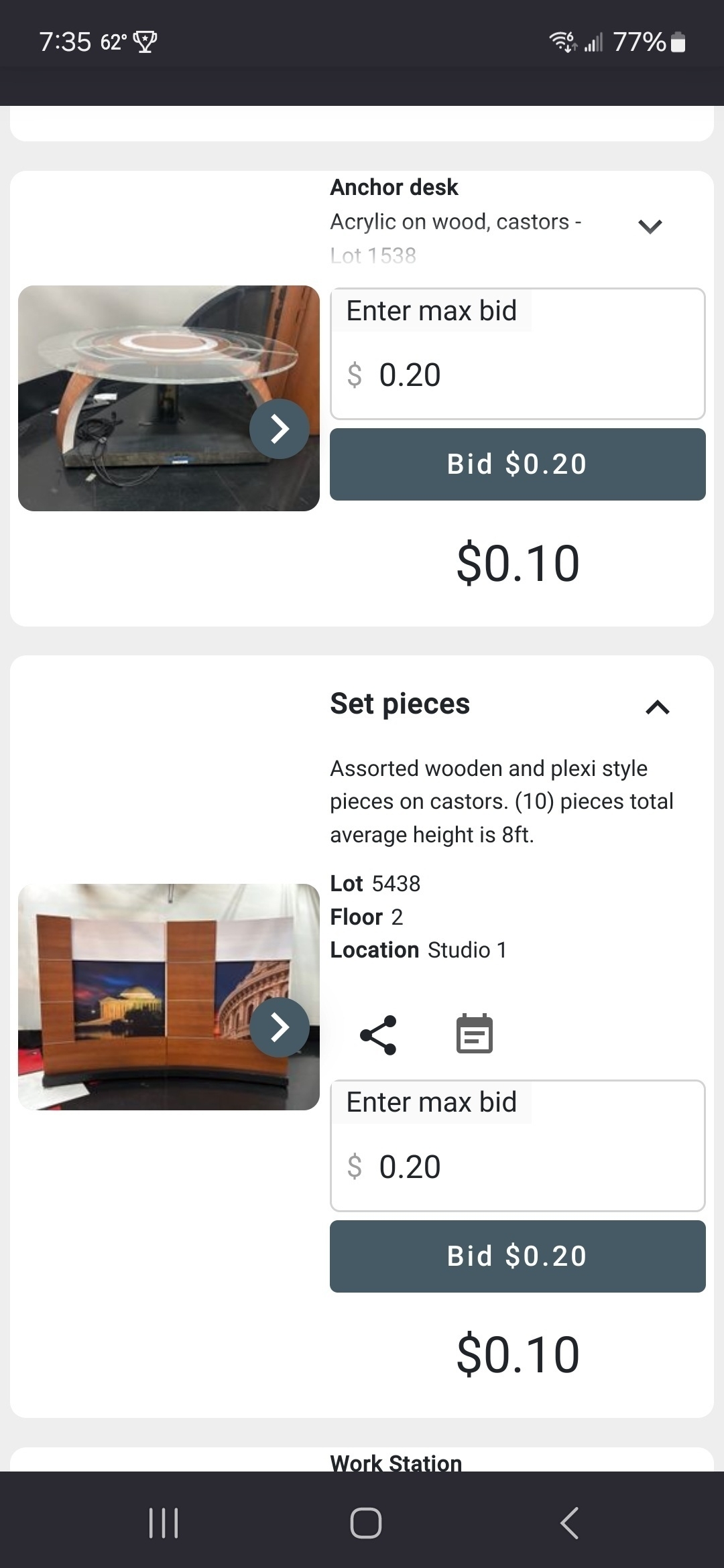I had a couple of ideas for the Github Game Off, but I’m kind of feeling more motivated to work on SpinDoc– though I think my plan this month is to focus on building a level editor.
But, hmm, the 20 Second Game Jam starts this week as well, and that was really fun last year. We’ll see.

Currently reading: Empire of Normality by Robert Chapman 📚
Not much obvious has changed since my last post about SpinDoc– I did rework a lot of how the wands work behind the scenes. I had been rotating the wand with code, but now it’s a RigidBody2d, with rotation being handled by the physics engine.

Finished reading: The Memoirs of Sherlock Holmes by Arthur Conan Doyle 📚

Finished reading: Little Black Book by Jeff McComsey 📚

Finished reading: Medea by Blandine Le Callet 📚

Currently reading: Medea by Blandine Le Callet 📚
Maybe it’s time for for a little station ID?
Even though you might be seeing this on Mastodon, Bluesky, or elsewhere– you’re reading my (Ross’s) blog, which lives at ross.karchner.com. If that is distressing news, I apologize.
My posts get POSSE’d to other services via micro.blog.

Finished reading: Air Volume 3 by G. Willow Wilson 📚

Finished reading: Air Volume 2 by G. Willow Wilson 📚
SpinDoc
Some progress on “SpinDoc”:
- “rings” (aka, dots you can only use once)
- enemy wands that can move to appropriately colored dots
By the end of this month, I’d like to have the project in a state that at least resembles a game: a couple of levels, a few missing Spin Doctor features (in particular, doors), some sound and animation. In November, I’ll focus on the GitHub Game Off. When I get back to SpinDoc after that, it’ll be more level design, some original mechanics I’ve been thinking off, and polish.

Finished reading: Air Volume 1 by G. Willow Wilson 📚

Finished Listening: Adventures of Sherlock Holmes by Arthur Conan Doyle 📚

Finished reading: Batman: The Killing Joke by Alan Moore 📚

Finished reading: Marvels 📚
How to Read Superhero Comics and why

Finished reading: How to Read Superhero Comics and why by Geoff Klock 📚
This was more academic than I was expecting (full of words like ‘misprision’ and ‘kenosis’), but Klock makes a convincing case that the books he writes about exist in conversation with each other, the comics of past eras, and criticism like Seduction of the Innocent.
I’m not sure if that interplay is supposed to answer the ‘why’ question by itself, but it does have me somewhat intrigued– at least enough to check out some books I’ve missed (like Marvels, Astro City, Kingdom Come, America’s Best Comics, and Grant Morrison’s JLA).
I’ve been working through Firebelly’s new course: Create a Complete Grid-Based Puzzle Game in Godot 4 with C#.
Why? I learned a ton by taking his earlier 2D platformer course, and this looks to be a tilemap-heavy project, which is something I’ve been feeling rusty on. I’ve also been thinking that some exposure to C# would be helpful.
So far, I’m enjoying the course content, but C# doesn’t feel… comfortable yet. We’ll see if that changes by the end.
It’s nothing to be too proud of yet, but I’ve made some progress on my Spin Doctor remake/tribute/spiritual successor/what have you. This is a recreation of an SD level. (the darker dot represents the level goal, but doesn’t do anything yet)

